Guardians of the Congo
You’ve secured land rights, now what?
Reclaiming land rights is a monumental achievement for Indigenous and local communities, but the journey doesn’t end there. For those in the Congo reclaiming their land was just the beginning.
The Congo Basin
At the heart of Africa lies the Congo Basin, the world’s second-largest rainforest, teeming with incredible biodiversity, from elephants to bonobos. Within this vast region, the areas around Lake Tumba (Equateur Province) in the Democratic Republic of Congo (DRC) are home to Bantu and Batwa Indigenous communities.
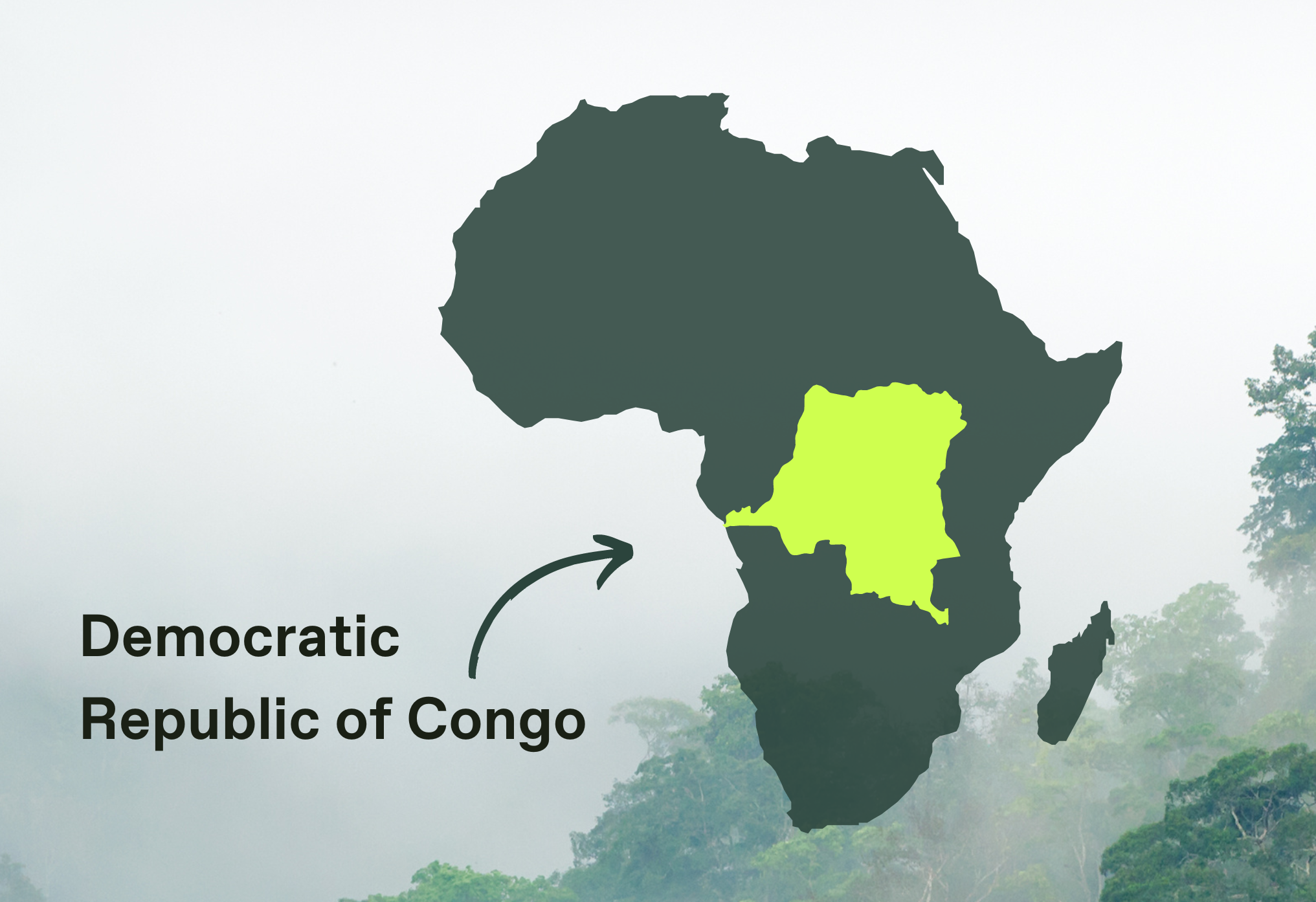

Map of the Democratic Republic of Congo
With the help of Go Conscious Earth (GCE), these communities achieved a historic win by securing legal rights to their ancestral lands, building on the community forest model. GCE helped to establish four community forests around Lake Tumba, covering a total area of 81,830 hectares and home to nearly 34,000 people.
“Before GCE arrived, our community suffered from illegal logging and couldn’t claim our rights. But after working with GCE, we quickly understood our land rights and began the process of community forestry, allowing us to secure a title for our 17,346-hectare community forest,” says Rom’s Mboyo Mbalo, president of the Local Monitoring and Evaluation Committee of the recently established Local Community Forest Concession (CFCL) Ikoko-Bonginda.
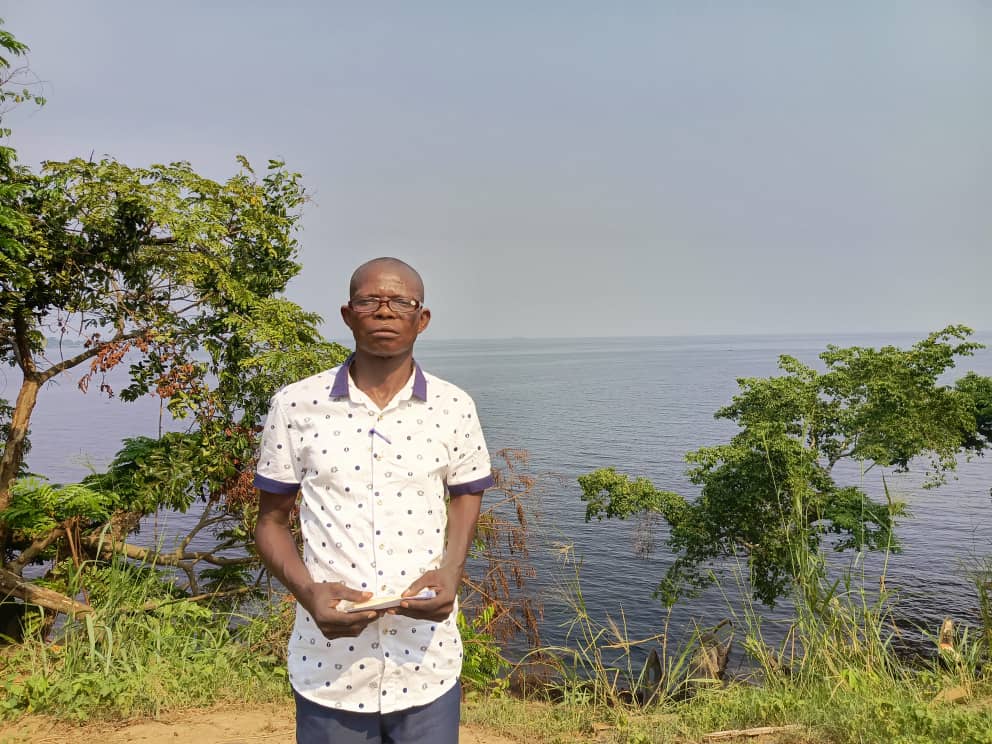

Rom’s Mboyo Mbalo, married and father of 11 children, 56 years old, president of the local monitoring and evaluation committee of the CFCL Ikoko-Bonginda.
Managing the Land
But what comes after securing land rights? That’s where Cool Earth comes in – we helped support GCE and these communities in managing their newly secured forests.
With legal rights in place, the next challenge was managing resources effectively. With Cool Earth’s support, GCE launched a series of hands-on and inclusive workshops to ensure local people were at the centre of all decisions about their rainforest.
These workshops empowered communities to survey their resources, map their land, decide how it is used, and develop five-year revisable action plans so they can plan more long term. Along with this, Local Management Committees were formed in each community, emphasising inclusivity and ensuring that women and Indigenous peoples had a strong voice in decision-making.
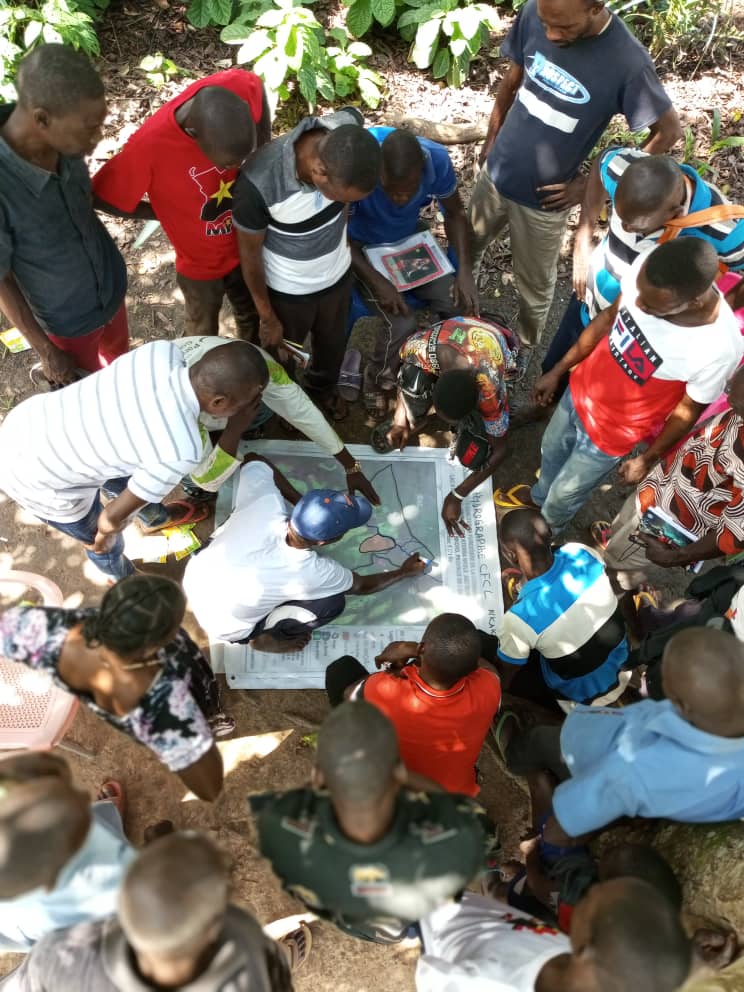

Community mapping exercise.
“Overlooked groups like Indigenous peoples and women now serve as presidents of their Local Management Committees, making sure their voices are heard,” says Petro Ebembe Bobea Bokolona, Project Manager of Go Conscious Earth.
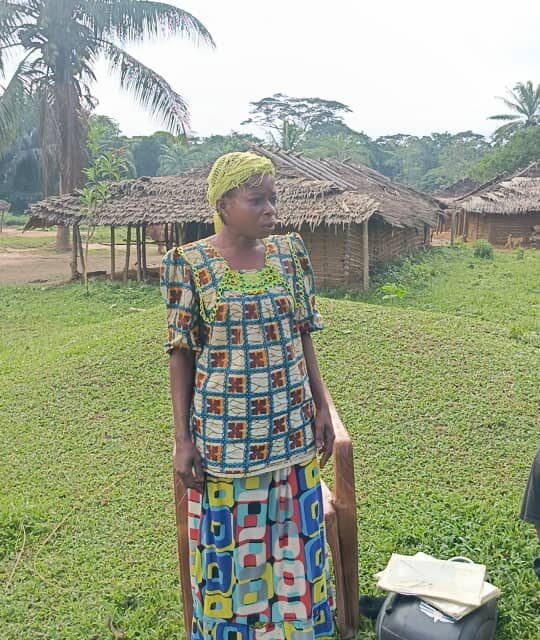

Mouba Nsambi, 33 years old, married and mother of 5 children, the President of the Local Management Committee of CFCL Lokongo.
A Model for Others
Cool Earth and GCE share a common goal: empowering rainforest communities to protect their land and resources. Both organisations believe that the best way to look after rainforests is by supporting the people who live there, giving them the tools and knowledge to manage their environment sustainably. This approach not only protects vital ecosystems but also boosts local livelihoods.
As Charles Ngele Bongongo, member of the Indigenous Batwa People and President of the Local Management Committee of CFCL Nkake, says, “We want people to understand that a community forest is good for contributing to the fight against climate change, the restoration of biodiversity, and the improvement of the living conditions of local Bantu communities and Batwa Indigenous peoples.”
As our two-year partnership with Go Conscious Earth wraps up, we celebrate all we’ve achieved together and will continue championing their important work in the future.
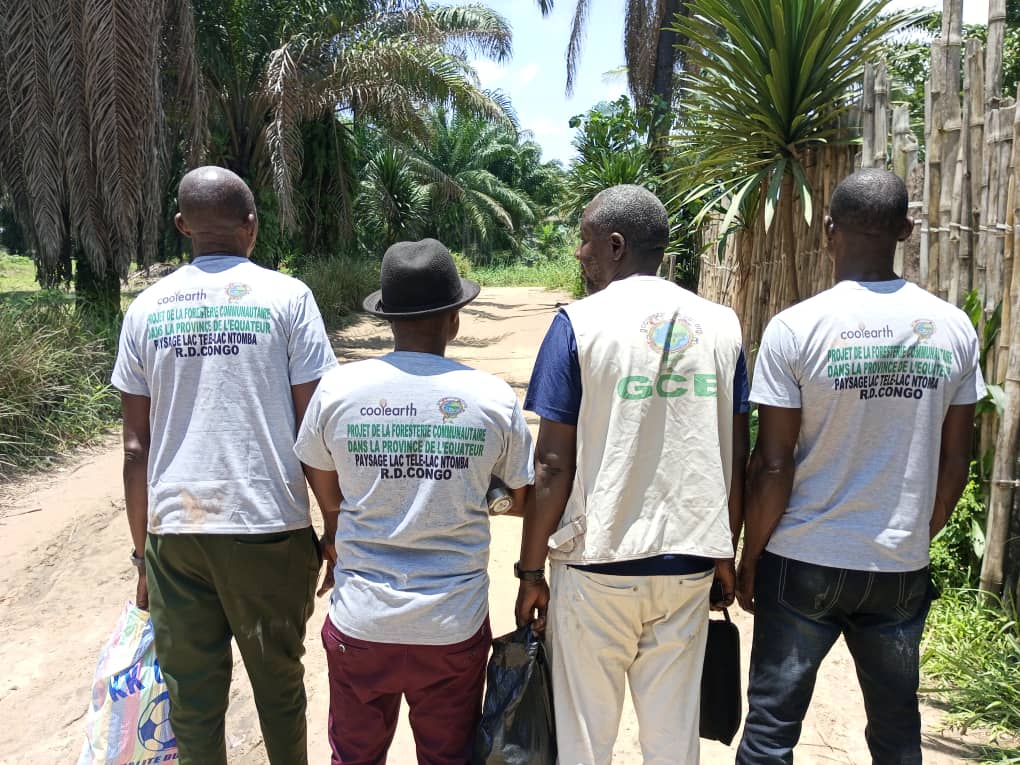

GCE team.
